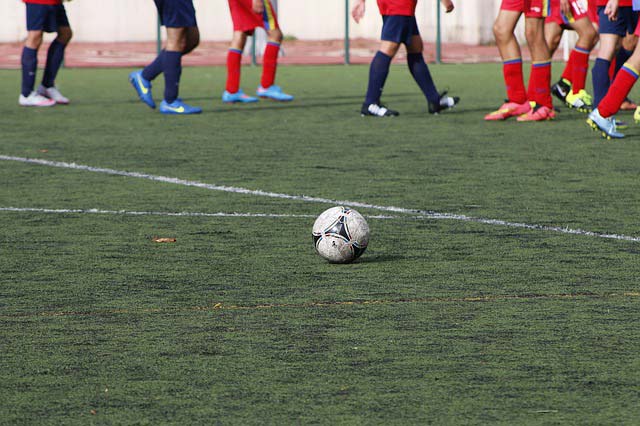
Football transfers
The January transfer window is a thrilling time of year for football fans and the clubs alike, as new and existing talent is recruited for teams across the world. In the Premier League, the January transfer window is in its final fortnight and as a result, the pace of the transfers has increased dramatically. The recruitment structure differs between football teams but as a whole, and between the January and summer transfer windows, a significant amount of the recruitment process for football clubs can be adapted in order to capitalise on the latest talent. From initial scouting, to contract signing and relocation planning for footballers of all ages and their families, we’re taking a closer look at how the transfer process works from scouting to signing.
What Do Scouts Look For In Players?
The first stage to a transfer is the initial scouting process. Similar to business recruitment, many scouts implement detailed background checks on any targets on their list, and many clubs will put an emphasis on players who are looking to improve. This is particularly important for smaller teams such as Bournemouth or Brighton in the Premier League. Many clubs will have an academy scouting system which will be put in place in order to detect local talent at a junior level, as well as extensive analysis departments which look closely at the skills, talent and statistics of all targets on the club’s radar. Some clubs are more scout-heavy than others, depending on their internal structure. The individual job title and specific role of scouts differs with each club; however, their main venture is to seek and recruit the newest talent to help improve their teams. An approach for a player is not always a quick process, and the entire development can take days, months or even years depending on the target, the transfer window competition, the deal itself and player/club preferences.
Player Enquiry
Generally, the player and the player’s agent will be aware of interest from another club long before an offer goes in. Scouts like to obtain background information regarding personality, performance, morale and other behavioural insights in order to determine whether or not they are likely to be a good fit for the club, outside of the skill and talent that the player has. Generally, agents will be approached at the enquiry stage of a transfer, and discussions will involve the cost of the player, the contract length, the player’s current and anticipated wage, and their family and personal situation. This allows the interested team to determine whether or not the player will be affordable not just to buy, but to maintain and in some cases, to relocate.
Player Talks
Once a bid has been accepted by the target player’s club, the interested party will then engage in player talks. The agreement of personal terms often stretches much farther than salary. Chiefs, owners and directors will discuss wages, signing on fees and bonuses, but personal terms can include aspects such as having a car bought for them, relocation allowances if the player is transferring from overseas, help and advice for schooling for their children and much more. As a result of the transient nature of a footballer’s career, personal terms are often stretched as far as possible by the player and agent.
Clauses & Confirmation
Contract clauses are a major hurdle for many football teams, and are in place to protect the player and the club at times. Some clauses are straightforward, whereas others are baffling. For example, when Stefan Schwarz joined Sunderland, he was banned from going to space for safety reasons in 1999. In addition to this, Harry Redknapp reportedly advised to implement a weight restriction clause on Neil Ruddock. Contract clauses can also fluctuate dramatically, depending on the class of the player at the time of purchase. For example, Pedro’s release clause from Barcelona was reportedly as high as £135m, but in 2015 this was recalculated to just £22m.
In addition to the release clauses and medical clauses implemented within contracts, the next step for players to undertake is the medical. The aim of each player’s medical is to determine any hidden injuries or weaknesses, which can result in a player becoming dormant for their new club instead of the talent that they were at their previous club. While a medical is not necessarily the deciding factor in a player’s move, it can have a major impact on their career prospects moving forward, or the price tag of the player. Once the medical is passed, and all paperwork is sent, the player will be signed by the club.
This long recruitment process can be somewhat replicated in businesses around the world, depending on each business’ requirements. With relocation packages a small consideration within the personal terms agreed with the target player, there is a significant amount of work which goes into signing a new talent to a football club.
If you are involved in the relocation of a football player, and/or their family, we’re interested in hearing from you. Contact a member of our expert team today.

